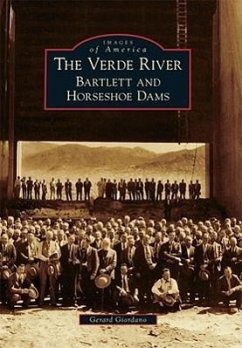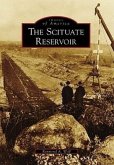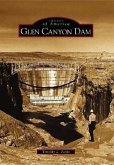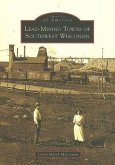Archaeologists discovered that the Hohokam were an advanced native tribe who built elaborate irrigation systems along the Verde River, and then disappeared. Early Arizona settlers recognized the tenacity and intelligence of the Hohokam and began to reconstruct their canal system. In 1903, the Salt River Project commenced, and the first lake on the lower Verde River was formed with the completion of the Bartlett Dam in 1939. Seven years later and 12 miles upstream from Bartlett, the Horseshoe Reservoir was created in order to expand copper mining during World War II. The astonishing result of these reservoirs is today's sprawling desert megalopolis of Phoenix, Arizona. Nicknamed "The River of Time," the Verde River is a timeline of Arizona history, and it is essential to human life and livelihood in the area.








